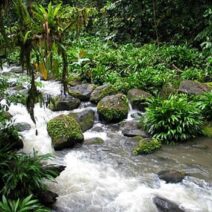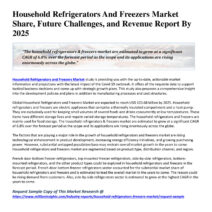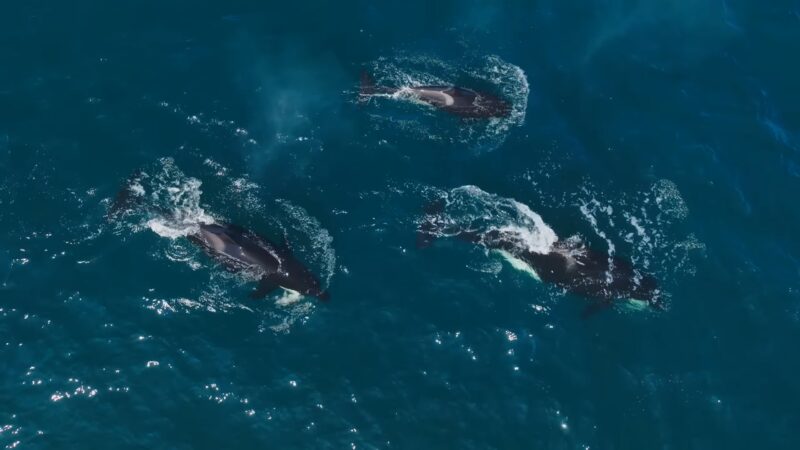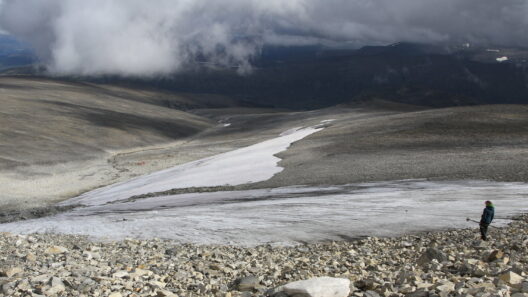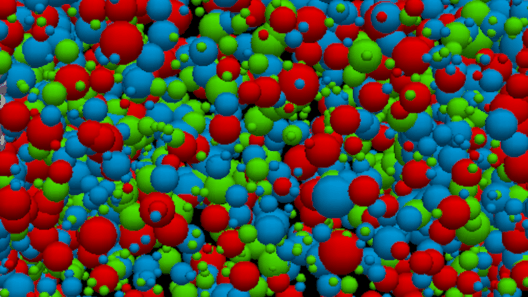In the grand tapestry of marine life, the ability of certain animals to conserve energy is crucial for survival in their often challenging and unpredictable environments. Among these remarkable beings are sea spiders and octopuses, two organisms that exhibit an astonishing aptitude for energy management. Understanding their methods of energy conservation provides insights into the adaptive strategies devised by marine creatures to thrive in diverse and demanding ecosystems.
Energy conservation in animals generally revolves around minimizing the metabolic cost of survival. For sea spiders, or pycnogonids, their energy efficiency is closely tied to their unique physiological structures. These creatures possess elongated bodies, enabling them to utilize their environment effectively. Their low metabolic rate allows them to thrive on limited resources, absorbing oxygen directly through their thin-skinned legs, which minimizes the energy expended on respiration.
In contrast, the octopus, known for its intelligence and adaptability, employs different strategies. With its complex nervous system, the octopus can modulate its activity levels based on environmental cues and food availability. When food is scarce, octopuses can enter a state of torpor, drastically reducing their metabolic processes. This behavioral adaptation is central to their survival strategy, allowing them to conserve energy until more favorable conditions arise.
Let’s delve deeper into the mechanics of energy conservation in both sea spiders and octopuses, examining their anatomical and behavioral adaptations, as well as the ecological implications of these strategies.
Anatomical Adaptations
Sea spiders embody a fascinating morphological design. Their bodies are largely comprised of a cephalothorax, with multiple elongated legs extending from this central mass. This structure not only enhances their mobility but also augments their surface area, which aids in efficient respiration without the need for elaborate respiratory systems. Consequently, sea spiders can survive in low-oxygen environments, where energy demands are high, yet resources may be limited.
Conversely, octopuses display a distinctly sophisticated anatomy. Their bodies are adapted for versatility: the absence of a rigid shell allows for rapid movement and camouflage. This fluidity is advantageous when foraging for food—octopuses exhibit a remarkable ability to blend into various substrates. Additionally, their three hearts and blue blood, laden with hemocyanin, are vital for oxygen transport. This circulatory efficiency enables octopuses to thrive in environments where energy conservation is critical, often venturing into deep-water habitats with varying levels of oxygen presence.
Behavioral Strategies
Behaviorally, sea spiders employ a form of opportunism to effectively conserve energy. Their feeding mechanism, which involves the absorption of nutrients from soft-bodied organisms, allows them to minimize active predation efforts. By utilizing both passive and active feeding strategies, sea spiders can balance energy input and output, ensuring their survival over varied durations of scarcity.
On the other hand, octopuses exhibit remarkable cognitive prowess that plays a pivotal role in their energy conservation. As a predatory species, they are known for their problem-solving abilities and complex hunting techniques. When prey is abundant, the octopus may display high levels of activity and engagement. However, equitable to their metabolic needs is their capability to employ stealth and ambush tactics, drastically reducing the energy expended during hunts. The implementation of camouflage and mimicry enhances their chances of successful predation while minimizing energy loss.
Ecological Implications
The energy conservation strategies of both sea spiders and octopuses have significant ecological repercussions. In the vast marine ecosystem, these adaptations not only enable individual survival but also contribute to the stability of their respective populations. Sea spiders, with their relatively slower reproductive rates and low energy requirements, can thrive in nutrient-poor environments, acting as key players in the benthic food web. Their presence signifies the health of delicate marine ecosystems.
For octopuses, their dual role as both predator and prey underscores their ecological importance. Their hunting behaviors and dietary preferences can impact local populations of various marine organisms. Moreover, their energy-efficient predation supports nutrient cycling within ecosystems, allowing for the maintenance of diverse marine habitats.
Final Thoughts
Understanding how sea spiders and octopuses master the art of energy conservation offers valuable insights into evolutionary adaptations that allow species to thrive under specific conditions. As the effects of climate change continue to exert pressure on our oceans, studying these strategies may reveal essential information about resilience and adaptability among marine organisms.
In an increasingly unpredictable world, the examination of energy conservation in these unique creatures underscores the importance of preserving marine biodiversity. Protecting the habitats of sea spiders and octopuses not only secures their existence but also bolsters the health of the entire marine ecosystem, fostering resilience against the accelerating challenges posed by climate change.
